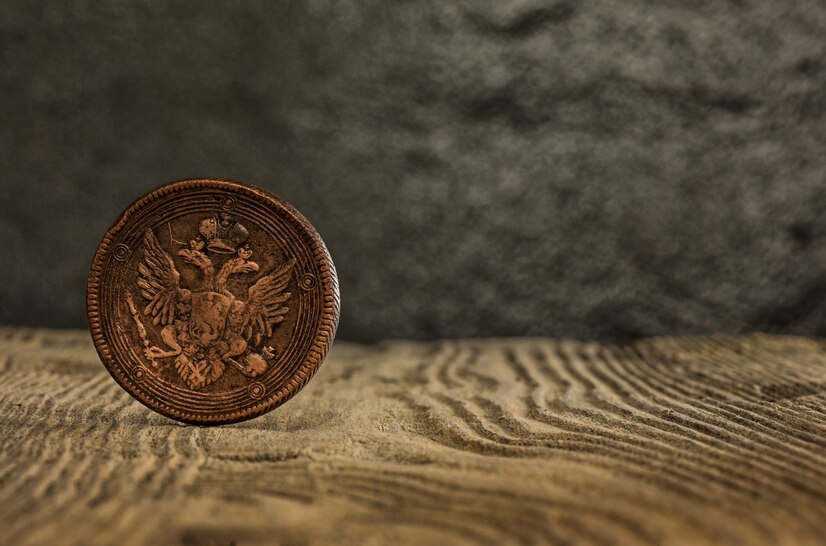How To Determine The Value Of Old Coins And Other Collectible Facts?

Collecting rare metals can be both an engrossing hobby and a historical endeavor. While some collect them with a financial motive in mind, others collect coins simply for historical interest or as an investment vehicle.
Old coin values have seen significant appreciation, due to a combination of factors including changing precious metal prices, collectors’ demand, and registry set collecting. All these elements contribute to rising values, but not all have to do with what brings peace to its final cost.
Rare Coins
Finding rare ones can be extremely exciting! Collectors hope to unearth an item that could become worth an enormous sum; unfortunately, this doesn’t always occur. While there may be rare ones that are worth a significant amount of money, their value ultimately depends on supply and demand factors.
If you are seeking the value of an old coin, the easiest way to assess its age is to check its date. Unfortunately, older ones may have dates that are difficult to read due to wear or different calendar systems, making the process even harder. As a result, having access to a reference book that can assist with deciphering these types of coins may prove useful in your search to determine their true worth.
Condition is also a critical element when valuing an old coin, generally speaking, the better its condition, the higher its value. To evaluate its condition properly, this link states that you can have it professionally graded by reputable third-party services like PCGS. While this service may be costly, it’s a worthwhile investment for serious collectors.
There are multiple methods for identifying American coins produced within their borders. One way is by consulting a coin identification chart which lists different kinds of coins with their values, while a more direct way is speaking with a dealer and having him or her assess your coin based on condition and other considerations.
Thirdly, you should probably send your coin to a coin grading service. They will independently evaluate it and assign a grade depending on its appearance; generally speaking, higher grades signify greater value.
Many collectors keep comprehensive records of their coins. This can prove useful when selling, since a good record can make all the difference between an interested buyer and one who doesn’t make their decision immediately.
Keep in mind that just because a rare one exists does not indicate its worth – someone must pay top dollar to own it. There are far too many coins circulating than there are collectors willing to shell out top dollar for any particular piece.
Foreign Coins
Identification of foreign pieces can be an engaging hobby. According to an old coins value chart, there are various approaches to do this. First, consult a coin grading guide containing pictures of common foreign coin types as well as detailed explanations for what determines their grade and value. In addition, check their size and color.
These are usually smaller than American coins with different hues than their American counterparts, but most countries use western calendars so it should not be difficult to access this data. However, conditions are of equal significance in collecting.
Many factors affect this aspect, including wear and tear and strikes; however, properly identifying its condition requires training and experience. One way to do this is by reading its inscriptions: alphabets on pieces’ surfaces are easier to interpret than lettering written in other scripts such as Cyrillic, Greek Hebrew and other Indian languages. Catalogs like Krause’s Coin Grading Guide provide vital details.
Collecting can be an enjoyable hobby, but it’s important to keep in mind that not every coin issued by governments is official currency. There are various methods of recognizing unofficial pieces such as looking for the country of origin or denomination name, check if it’s commemorative medal or token; some unofficial ones may even hold high values while others might have no value whatsoever.
Many factors can impact the value of coins, including age and condition. Over time, they undergo natural wear and tear that impacts their appearance and value. Uneven wear often indicates counterfeit coins. Other factors that increase coin values include rare dates and mint marks, as collectors’ demand increases; more valuable ones are more sought-after than their less valuable counterparts.
Certain ones with intricate designs or unique inscriptions are more attractive than others, which can have a major effect on their value. For instance, Saint-Gaudens double eagle coins from 2006 with low mintage are more sought-after than other Saint-Gaudens coins issued the same year.
Be mindful that coin dealers do not pay the same value for the pieces they receive in trade from selling them. Their business requires making a profit, so their markup may range anywhere between 50-100% on the prices of coins sold to them. If you possess a rare or valuable coin, it would be prudent to consult a reliable expert for its potential worth. They can assist with authenticating it as genuine, and, if it’s not genuine, offer you a fair market value price for its sale.
Read Also:










